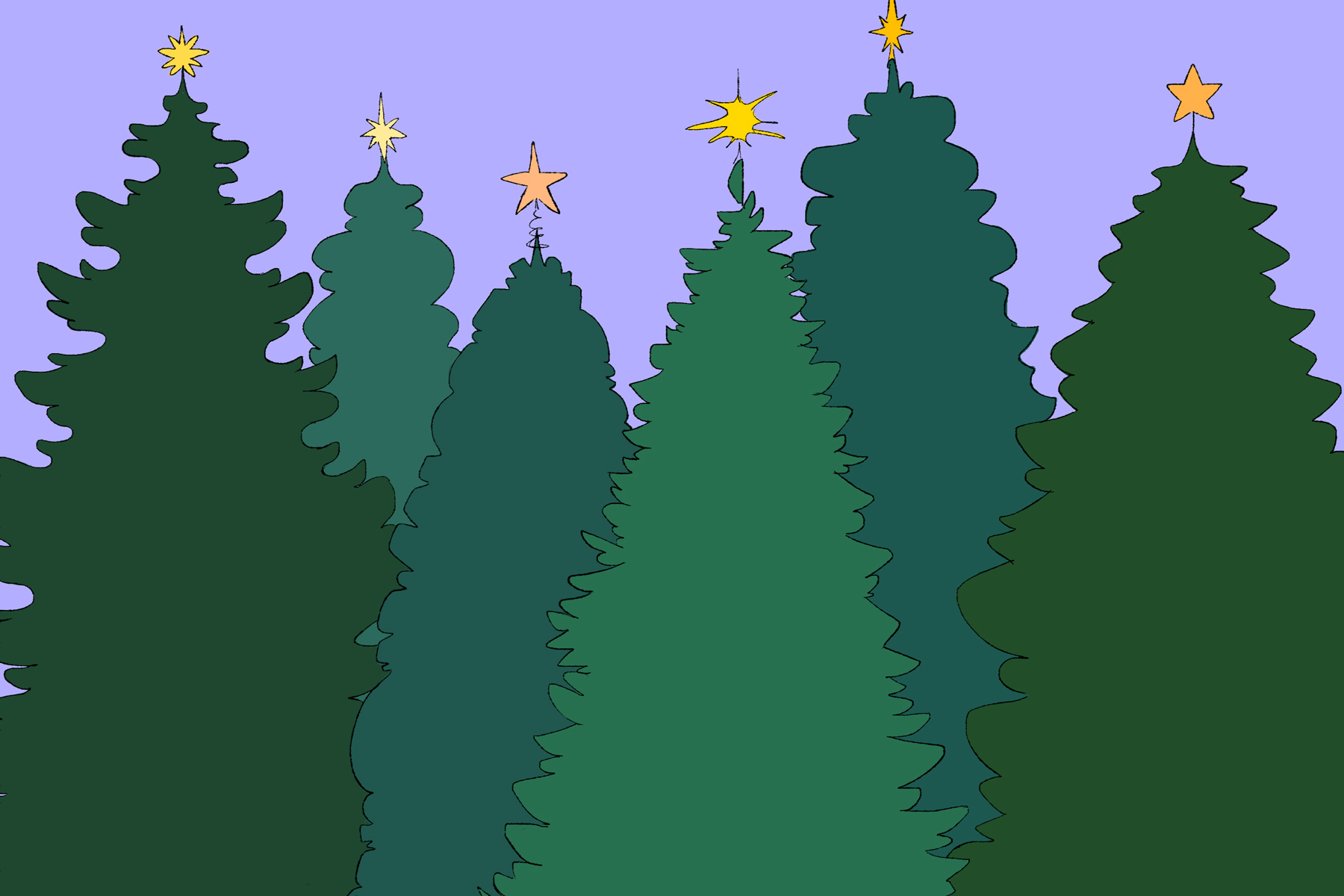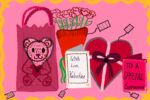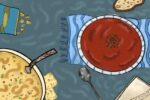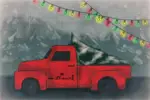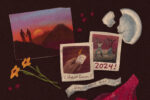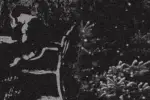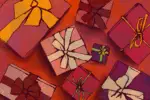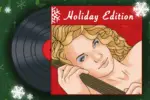If you are anything like me, you need to have a real Christmas tree for the holiday season. However, the questions you may have can range from “What size of tree do I need?” to “Where do I get my tree” to “What type of tree do I want?” While these are all valid questions, I am going to talk about the many species of Christmas trees you can choose from and give you a little bit of information about all of them.
If you go to a tree lot, chances are you are going to have fewer choices. Many tree lots have no control over where they get their trees, and several of the people working there do not even know what type of trees they have. Of course, they don’t have all the species, and there are always people who work the tree lots year after year who might know what trees they carry. Many Christmas tree farms will not have every species either, but you will probably have a better selection to choose from than if you go to a lot.
Top 5 Christmas Trees
In the United States, there are more than 35 species of Christmas trees. Can you believe it? Thirty-five! I had no idea; did you? And there is a top five list going around, too. The most popular Christmas trees happen to be balsam fir, Douglas fir, Fraser fir, Scotch pine and the Colorado blue spruce.
Fir trees are the most popular because they smell great, and their needles will hold up well for all those decorations. However, each fir is different. A balsam fir tree tends to have flattened dark green needles that turn upward to reveal silvery undersides. The needles are usually about one inch in length. They have a great, Christmas-y evergreen smell with very sturdy branches and an excellent shape. Their price is good, as well. Their downfall is that they are not super available in places.
A Douglas fir is actually not a true fir, though it is bushy. The reason it is not considered a true fir tree is because their cones hang downward off the branch and fall off whole; a “true” fir tree’s cones hang erect, not down. It has soft, light bluish-green needles about an inch to an inch-and-a-half in length. A nice green coloring to the needles helps attract people to them, and they tend to be denser. They also have a citrusy scent to them that is stronger than the scent of a Fraser fir. Their branches are not as strong as the Fraser fir — so you should stay away from hanging heavy ornaments on them — but they are reasonably priced. However, some state that they do not have the elegant, layered look that the Fraser fir has.
The Fraser fir is in a tie with the Douglas fir when it comes to choosing a tree. They have wonderful needle strength, great for holding all your balls and lights. They have strong branches with needles about one inch in length, as well, with blue-green coloring and silvery undersides, like the balsam fir tree. Fraser firs are on the skinny side, so they are great for close quarters but may not be dense enough to hold those bigger ornaments you may have. On the downside, it is the most expensive tree to purchase. If you are anything like me, you will not like this tree because I must always have a tall, fat tree that smells like Christmas, and these trees have only a mild scent.
The Scotch pine tree used to be a top seller, but it has become less favored in the past 20 years. A likely reason would be the two-inch sharp needles it houses on its branches. While it is a pretty green-blue color, it has those traditional triangle-shaped needles that get you every time. It smells nice and has strong branches, but if you can get all that in a tree that doesn’t try to stab you every time you get close, you can probably bypass this one. However, if you are feeling up to dealing with being stabbed or are tight on money, this tree may be for you.
The Colorado blue spruce has a powdery blue color as its main attraction, as well as strong branches in a triangle shape that makes it pleasing to look at. But unfortunately, it is thinner than most trees. It does have an affordable price point, however, which is always a good thing. The blue spruce is like the Scotch pine because both house those sharp needles, so if you pick one of these, wear gloves and long sleeves. While their needles are slightly smaller at one-and-a-half inches, they do have fair strength throughout them. This is a good tree to get if you want your pets to leave your tree alone because of the needles, and many people say they have next to no smell, as well.
Other Popular Options
An eastern white pine tree is also a desirable choice, with its light green coloring and soft, featherlike needles. It has a nice form and dense body. It also has a delicate look but holds up well by not dropping all its needles on the floor before the holiday is over. However, they are not the best choice if you have heavy ornaments.
The concolor fir has soft blue-green needles (sometimes as blue as the blue spruce tree), but some people call this fir a white fir. It has two-inch needles that are flat with an attractive shape and aroma to them. It is similar to the Douglas fir in price and branch strength. These trees usually smell like citrus, particularly oranges, so they are good for people with allergies or who are sensitive to tree scents. However, they are not as stiff as Fraser firs for those big ornaments you may have in your attic.
The Leyland cypress tree is popular in the southeast United States. It has a dark green-gray color and has little smell. Since it is not a pine or a fir, it produces no sap, so anyone with a sap allergy can enjoy this tree.
The Canaan fir Christmas tree is an off-shoot of the well-known balsam fir. They house soft needles, as well, but they are only about one inch on these trees. They tend to have a good aroma and sturdy branches. They are also reasonably priced with coloring that ranges from green to blue-green to silvery-green. They are known as being a hybrid of balsam fir and Fraser fir, but this tree is a specific seed sourced from the Canaan Valley balsam firs in West Virginia.
Noble fir Christmas trees have soft needles that are upturned and dark green to bluish-green in coloring. These trees are triangular and dense, with strong branches to hold lots of lights. They are not widely available, but when they are, they top the list to break the bank.
The list of species doesn’t stop there; it goes on and on, but I think I gave you enough Christmas trees to choose from. So, once again, if you are anything like me, you’ll want a big, tall, fat and live Christmas tree from a farm — one that lets you cut it down yourself. I have had several of the Christmas trees on this list, and I can honestly say I cannot choose a favorite. Have fun deciding what you prioritize in a Christmas tree, and go find your perfect one.


